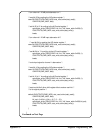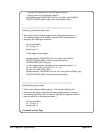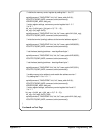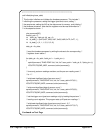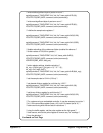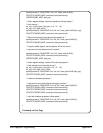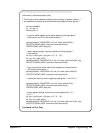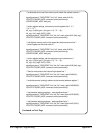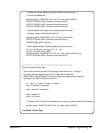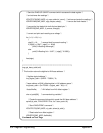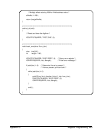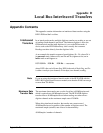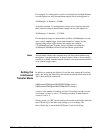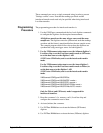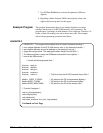
/* initialize the transfer stages by sending three clock pulses to the */
/* internal high-speed bus */
sprintf(command, "DIAG:POKE %ld, %d, %d", base_addr+0x08,8,0);
IOOUTPUTS(CMD_MOD, command, strlen(command));
IOOUTPUTS(CMD_MOD, command, strlen(command));
IOOUTPUTS(CMD_MOD, command, strlen(command));
/* set the digitizer data register as the high-speed clock source */
/* (digitizer memory is still the data source) */
sprintf(command, "DIAG:PEEK? %ld, %d", base_addr+0x02,8);
IOOUTPUTS(CMD_MOD, command, strlen(command));
IOENTER(CMD_MOD, &bit_pat);
/* retain register settings, set data register as the clock source */
bit_reg = (int)(bit_pat + ((bit_pat >= 0) ? .5 : -.5));
bit_reg = (bit_reg & 0xF3) | 0x0B;
sprintf(command, "DIAG:POKE %ld, %d, %d", base_addr+0x02,8,bit_reg);
IOOUTPUTS(CMD_MOD, command, strlen(command));
}
/****************************************************************************/
void data_read(long base_addr)
{
/* This function retrieves the new set of readings (those taken on the 1V range) */
/* by reading the data register using the HP E1406 Command Module */
/* DIAGnostic:UPLoad:SADDress? command. Reading the data register places the */
/* readings on the VME (VXI data transfer) bus. */
int *rdgs, i = 0, swap = 0, bytes = 0, length = 1;
char rd_mem[80], lf_remove[1];
rdgs = malloc(20 * sizeof(int));
swap = sizeof(int);
bytes = 20 * swap;
/* Create the (HP E1406 Command Module) command string which reads the data register */
sprintf(rd_mem, "DIAG:UPL:SADD? %ld, %d", base_addr+0x0C,40);
Continued on Next Page
Appendix C Register Programming 401



